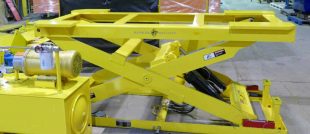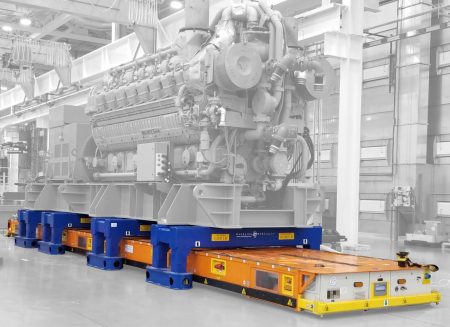
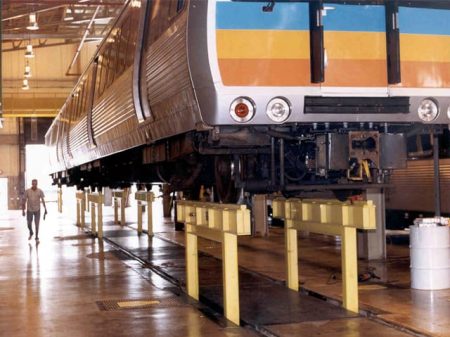
AGV: Introduction to Automated Guided Vehicles

Automated Guided Vehicles
Automated Guided Vehicles (AGVs) have revolutionized the way materials are moved in various industrial sectors. An AGV is an automatic guided vehicle equipped with advanced technology to navigate and perform transportation tasks without human intervention. This article will delve into the introduction to AGVs, exploring their history, evolution, how they work, their key components, market trends, industry applications, and the future outlook for industrial AGVs as of 2024.
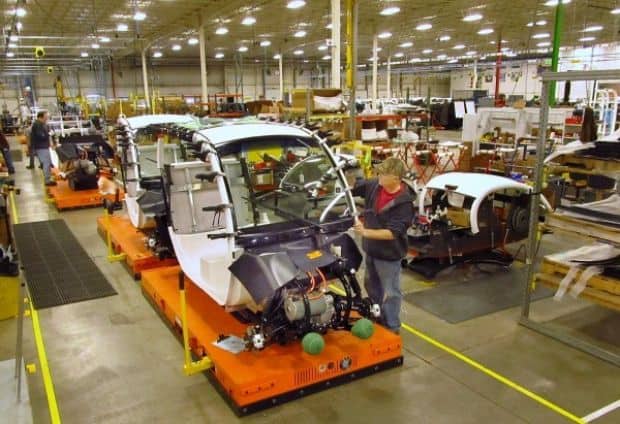
The history of AGVs in application in industrial settings traces back to the 1950s, which, as of 2024, marks a significant AGV milestone. Initially simple in design and function, these vehicles have undergone a substantial evolution of automated guided vehicles. From following magnetic tapes to using laser guidance and sophisticated sensors, AGVs have transformed remarkably from basic modified towing tractors reconfigured to follow an overhead wire in a grocery warehouse.
AGV technology is crucial to understanding how AGVs work. An AGV system typically includes vehicles equipped with sensors, controllers, and software that enable navigation and task execution. The AGV components include navigation sensors, wireless communication systems, customized tooling, additional robotics such as rotators and scissor lifts embedded in their platforms, and onboard control units, ensuring precise and efficient operations.

In 2024, AGV industry applications are vast, ranging from manufacturing to assembly and MRO operations. AGVs in assembly and manufacturing are particularly prominent, where they contribute to streamlined workflows and enhanced productivity. The AGV market trends show an increasing adoption rate, driven by the need for efficiency and automation in various sectors. It’s not just the automotive manufacturing industry employing AGVs. Aerospace, advanced manufacturing, power generation, rail and transportation, process industries, and others are taking advantage of the automated guided vehicle in their processes as well.
One of the key benefits of AGVs is their ability to enhance efficiency and safety. They reduce manual handling of materials, minimize errors, and improve overall workflow efficiency. Advantages of AGVs also include reduced labor costs, increased safety, and scalability in operations. An AGV system is fluid. If a facility is required to grow or alter its floor plan, AGVs can be re-programmed to follow a new path through the work cells, and additional AGVs can be added to the process without major renovations.
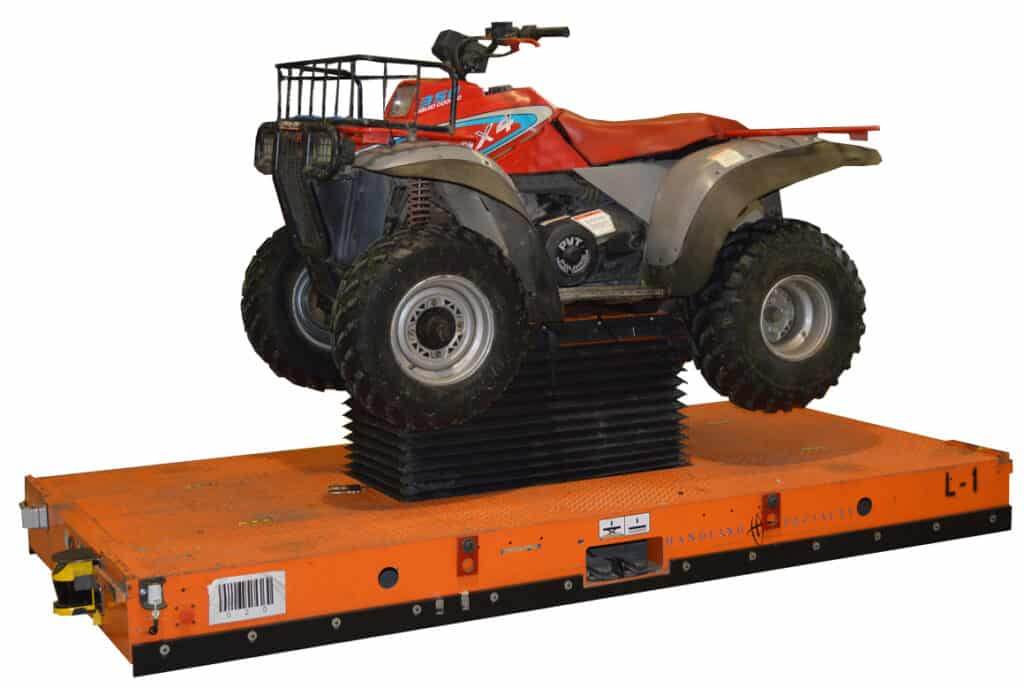
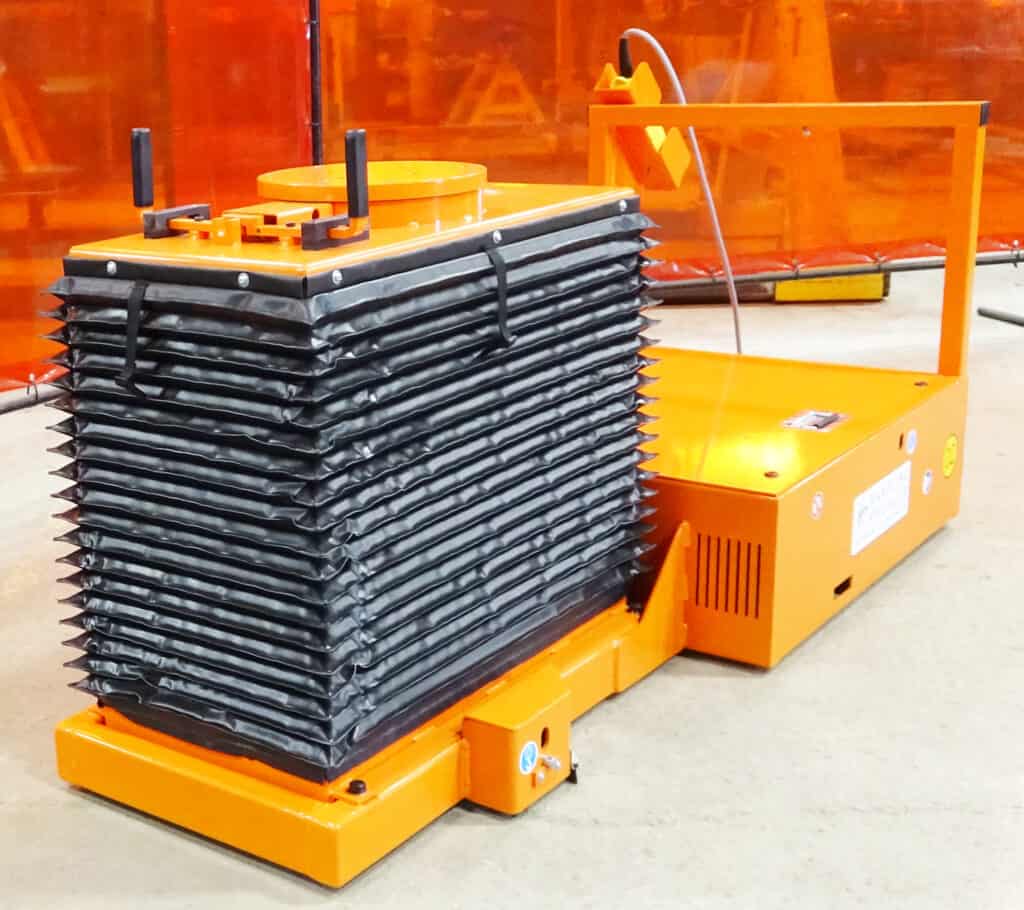
Handling Specialty has a significant number of AGV case studies that highlight the practical applications and benefits of these systems in real-world, assembly, manufacturing, and MRO scenarios. These case studies demonstrate how different industries have overcome AGV implementation challenges and have improved their operations through the integration of AGV systems.
Handling Specialty has built turn-key systems for companies all over the world that recognize the many advantages of employing AGVs in their assembly or manufacturing facilities. But, despite their many advantages, AGVs come with their own set of challenges. AGV limitations include the initial setup costs and technology integration challenges. However, continuous advancements in improving AGV systems are addressing these limitations, making AGVs more adaptable and cost-effective.
The prospects are excitingly looking at the future of AGVs. The integration of AI, machine learning, IIoT, and advanced analytics is poised to further enhance the capabilities and cost-effectiveness of AGVs. The AGV outlook for 2024 predicts a significant growth in AGV adoption, driven by technological advancements and an increasing emphasis on automation. Additionally, the shrinking labor force in assembly, manufacturing, and MRO applications is pushing the need to include AGV systems in industry applications.

Automatic Guided Vehicles represent a dynamic and evolving technology with a rich history and a promising future. From their humble beginnings to their current status as key players in industrial automation, Handling Specialty sees AGVs continuing to evolve, offering efficient, safe, and cost-effective solutions for material handling and transportation. As we move forward, the role of Automatic Guided Vehicles in industry is expected to grow, adapting to new challenges and shaping the future of automated logistics and manufacturing.
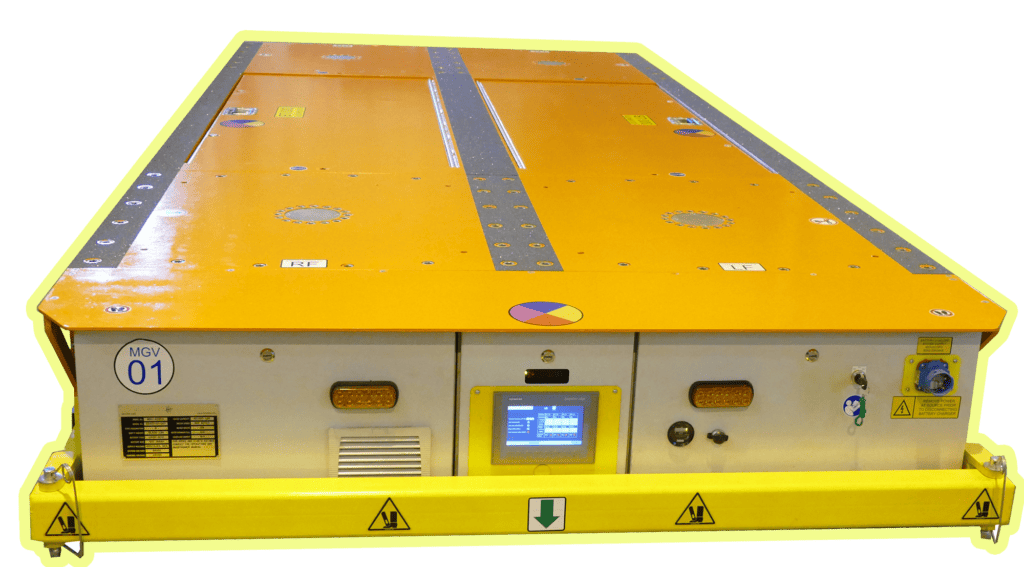
What are Automated Guided Vehicles (Automatic Guided Vehicles) and how do they work?
Automatic Guided Vehicles are automatic guided vehicles used in industrial settings to transport materials without manual intervention. They navigate using technologies like laser guidance, magnetic paths, or cameras and are controlled by onboard computers and sensors.
How have Automated Guided Vehicles evolved over time?
The evolution of Automated Guided Vehicles has seen them transition from basic, wire-following carts to sophisticated, sensor-equipped robots. They’ve become more autonomous, efficient, and versatile in their applications.
What are the main components of an Automatic Guided Vehicle?
Key Automatic Guided Vehicle components include navigation sensors, wireless communication systems, specialized tooling, accessories like scissor lifts and rotators, batteries or power units, and onboard control software. These elements work together to facilitate autonomous movement and task execution through assembly, manufacturing, and MRO operations.
What industries commonly use Automatic Guided Vehicles, and for what purposes?
Automatic Guided Vehicle industry applications include manufacturing, assembly, and MRO operations across many industries such as aerospace, automotive, advanced manufacturing, power generation, iron and steel, rail, and transportation. They’re used for tasks like material handling, assembly line feeding, and transportation of goods.
What are the market trends for Automatic Guided Vehicles in 2024?
Industry indicators and Handling Specialty’s orders show Automatic Guided Vehicle market trends in 2024 increasing adoption, driven by advancements in technology and a growing need for efficiency and automation in various industries.
What are the advantages of using Automatic Guided Vehicles in Industry?
The main advantages of Automatic Guided Vehicles include increased efficiency, reduced operational costs, improved safety, and operational scalability. They minimize manual errors and enhance workflow consistency.
What are some notable Automatic Guided Vehicle case studies?
Handling Specialty has multiple Automatic Guided Vehicle case studies illustrating their successful implementation in various sectors, showcasing benefits like productivity improvement, cost reduction, and enhanced safety protocols.
What challenges are associated with implementation?
Implementation challenges often involve high initial investment, integration with existing systems, and the need for a structured environment for optimal operation. Handling Specialty is an expert in assisting any company in delivering a successful Automatic Guided Vehicle system within existing operations or new designs.
How are Automatic Guided Vehicle systems being improved upon?
Improving automated guided vehicle systems involves integrating AI and machine learning (IIoT) for better decision-making, enhancing sensor technologies for greater autonomy, and developing more flexible and adaptive designs that correspond to the individual, custom needs of the materials being transported through a process.
What is the future outlook for Automatic Guided Vehicles?
The future of Automatic Guided Vehicles looks promising, with predictions of broader applications, increased efficiency, and more sophisticated integration with IIoT and smart factory environments. The Automatic Guided Vehicle outlook for 2024 foresees significant growth and innovation in this field. Automatic Guided Vehicle applications in heavy industry are becoming more and more prevalent to increase efficiency and safety in the workplace.


